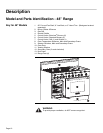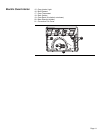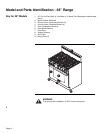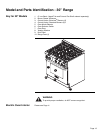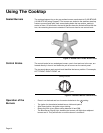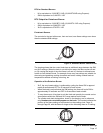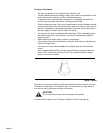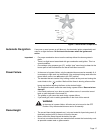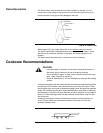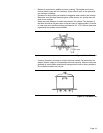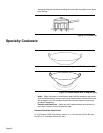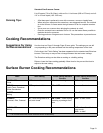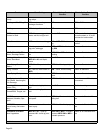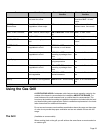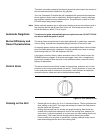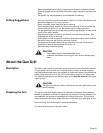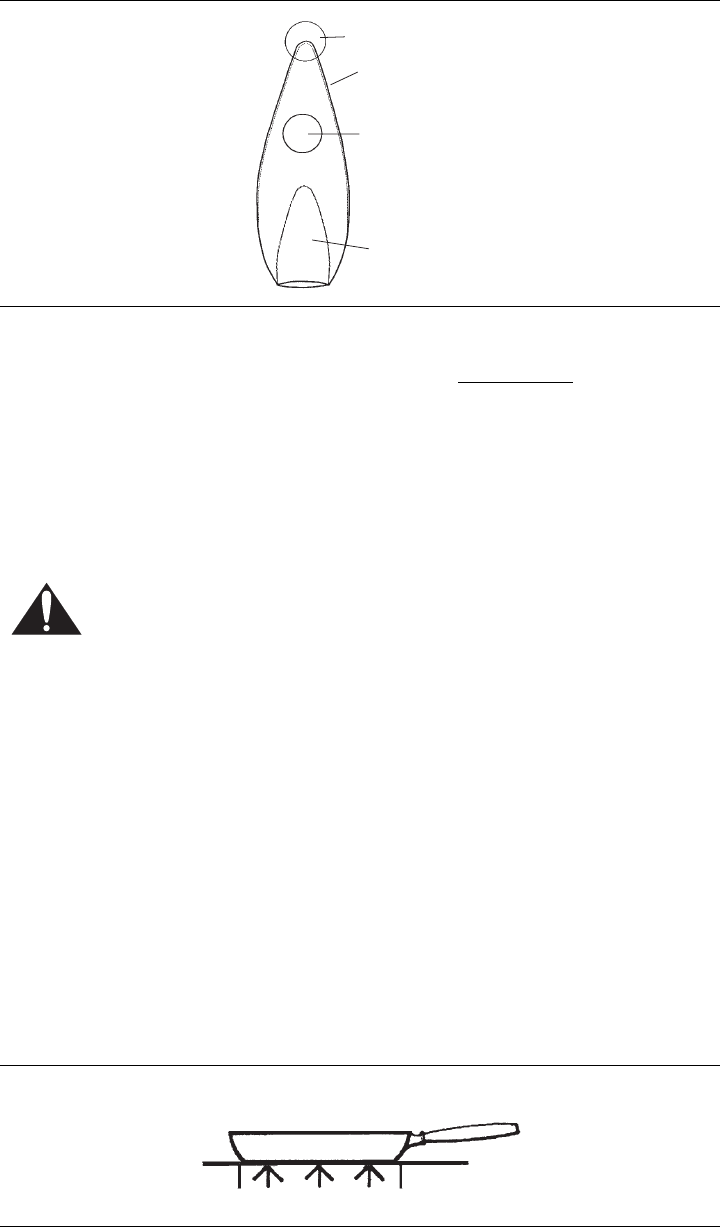
Page 18
Flame Description
• The burner flame color should be blue with no yellow on the tips. It is not
uncommon to see orange in the flame color; this indicates the burning of air-
borne impurities in the gas and will disappear with use.
• With propane (LP) gas, slight yellow tips on the primary cone
are normal.
• The flame should burn completely around the burner cap. If it doesn’t, check
that the cap is positioned correctly on the base and that the ports are not
blocked.
• The flame should be stable with no excessive noise or fluttering.
Cookware Recommendations
CAUTION
• Food packaged in aluminum foil should not be placed directly on
the burner grate. Aluminum foil can melt during cooking.
• Do not let plastic, paper or cloth come in contact with a hot burner
grate. They may melt or catch fire.
• Never let a pan boil dry. This can damage your pan and the cooking
surface.
• Professional quality pans with metal handles are recommended because plastic
handles can melt or blister if the flame extends up the side of the pan. Profes-
sional quality pans are found at restaurant supply stores and gourmet specialty
shops. All cookware should have these characteristics: good heat conductivity,
good balance, correctly sized base diameter, a heavy, flat base, and a proper fit-
ting lid. For best cooking results the flame should be contained under the bot-
tom of the pan.
• Aluminum and copper are pan materials that conduct the heat quickly and
evenly. These metals are sometimes attached to the base or in the core
between stainless steel.
Figure 8: Flame Color
Secondary
Cone
Primary
Cone
Light Blue
Dark Blue
Figure 9: Balanced Pan



